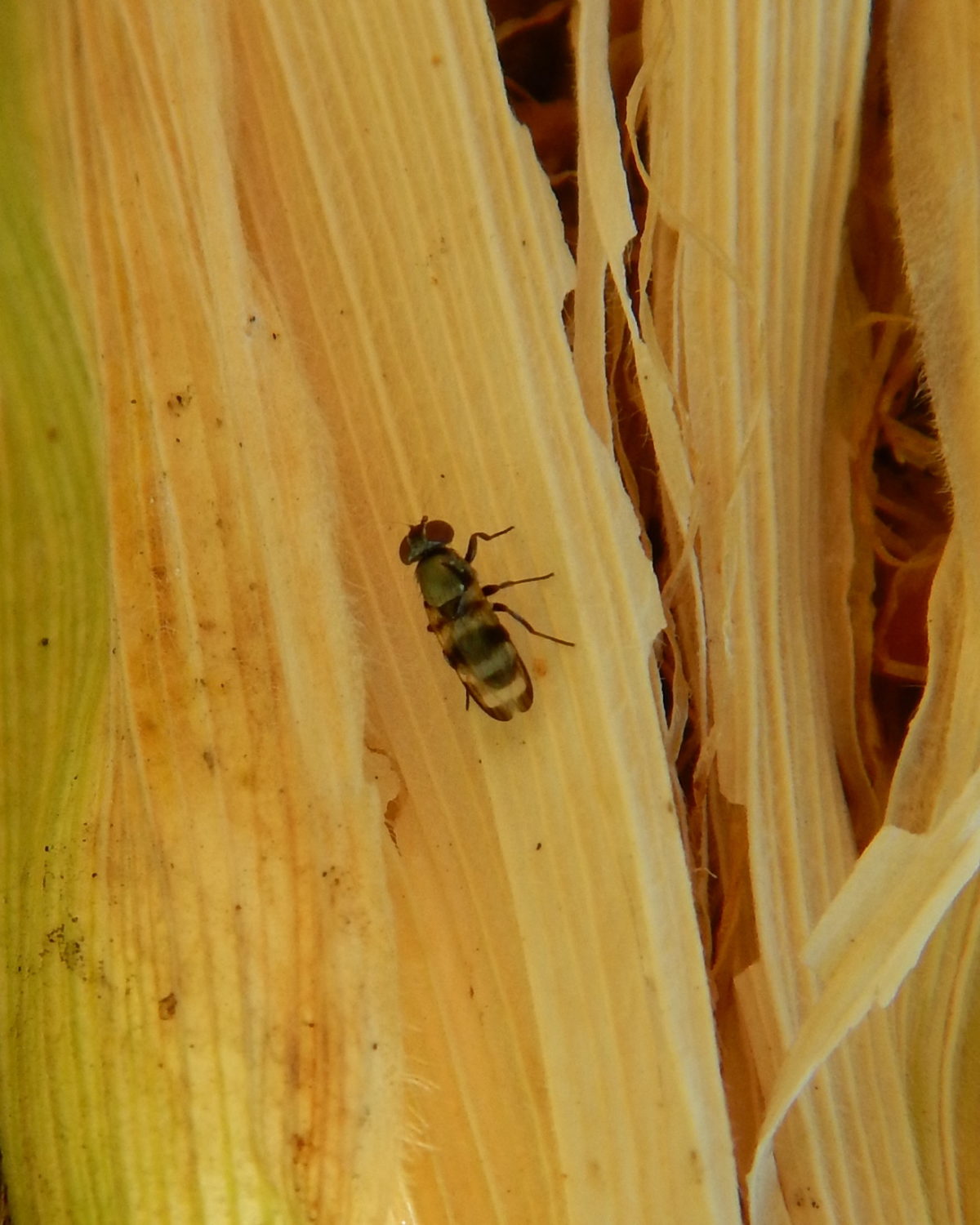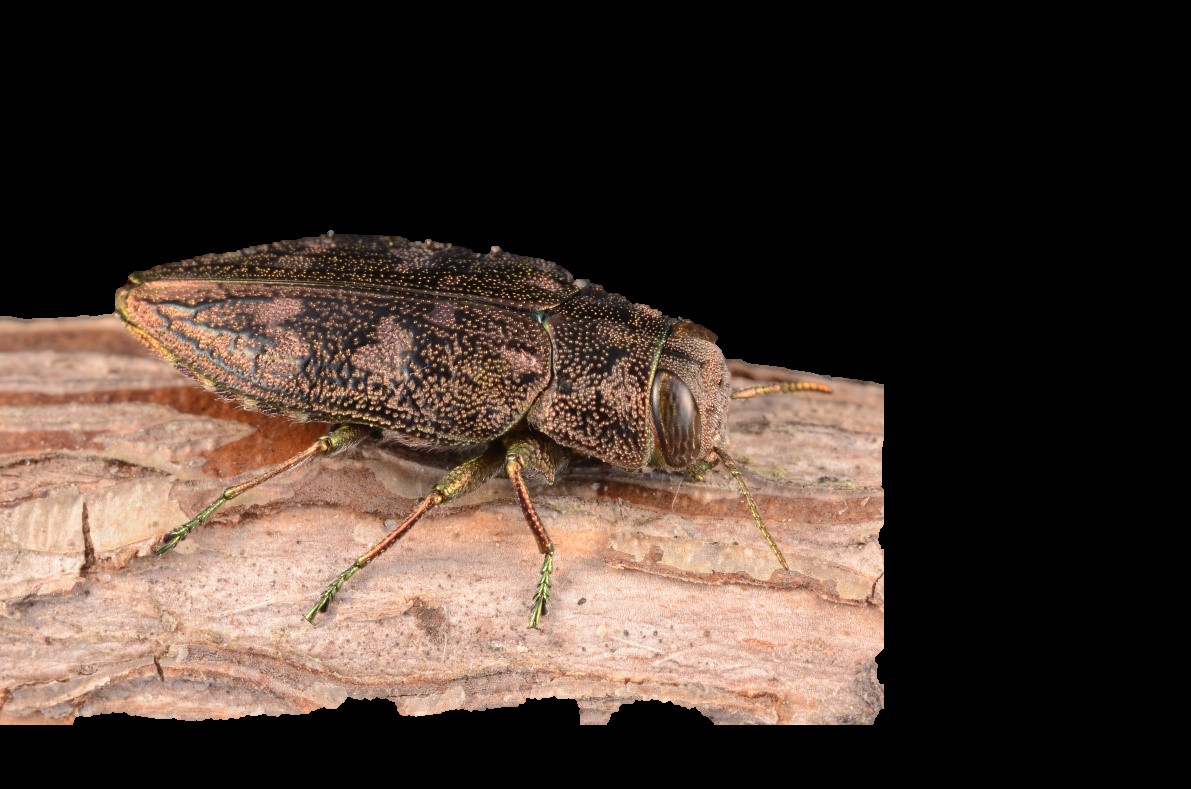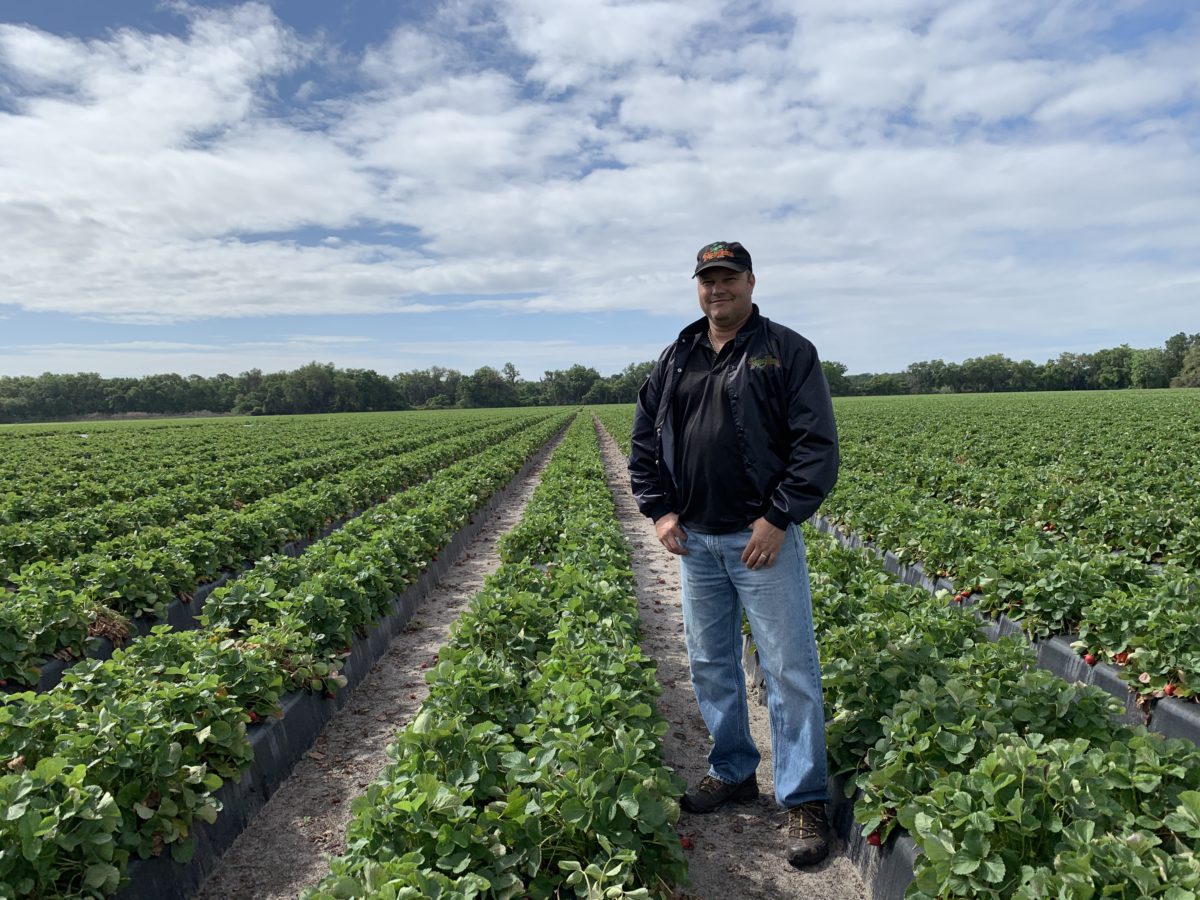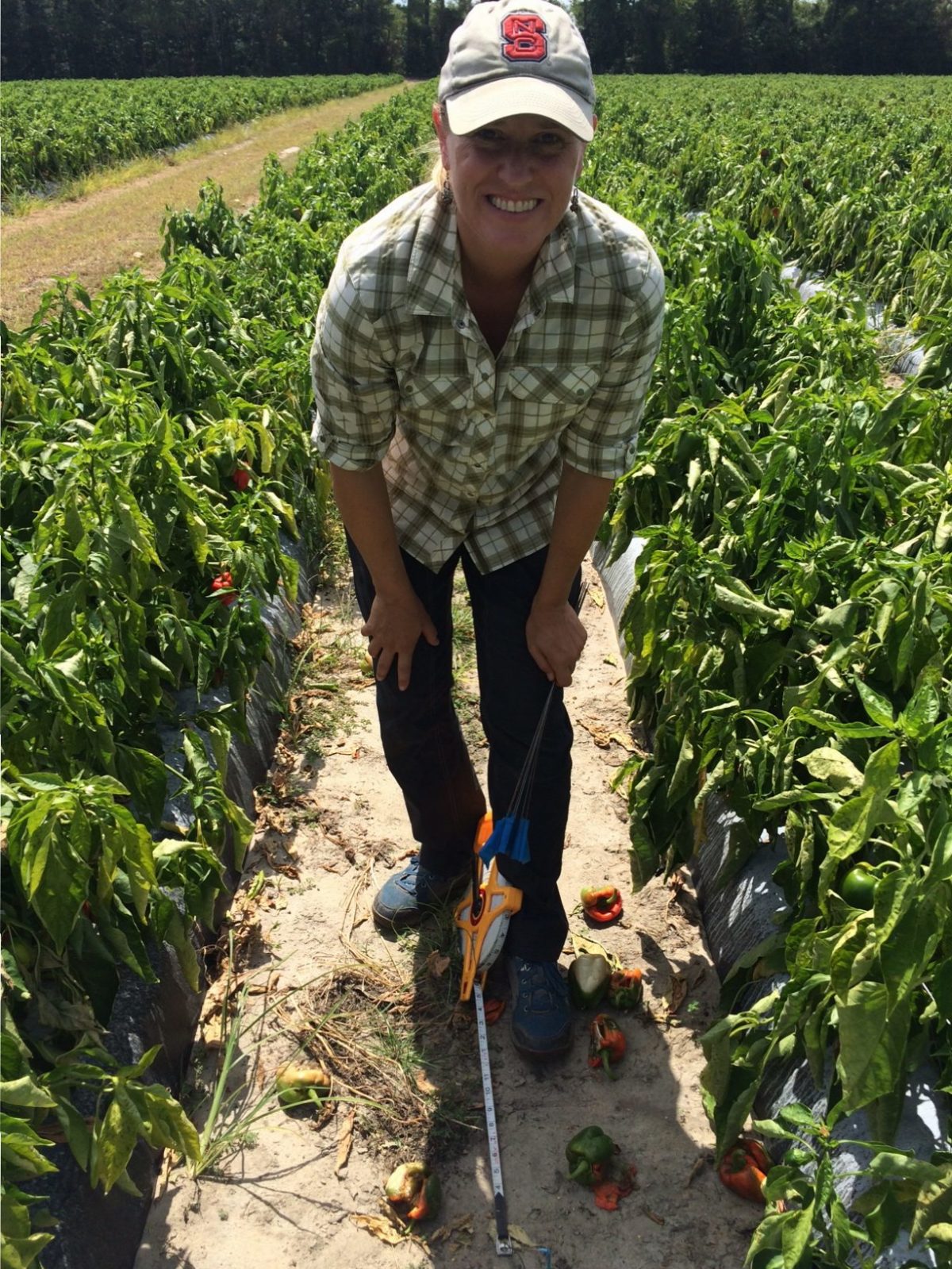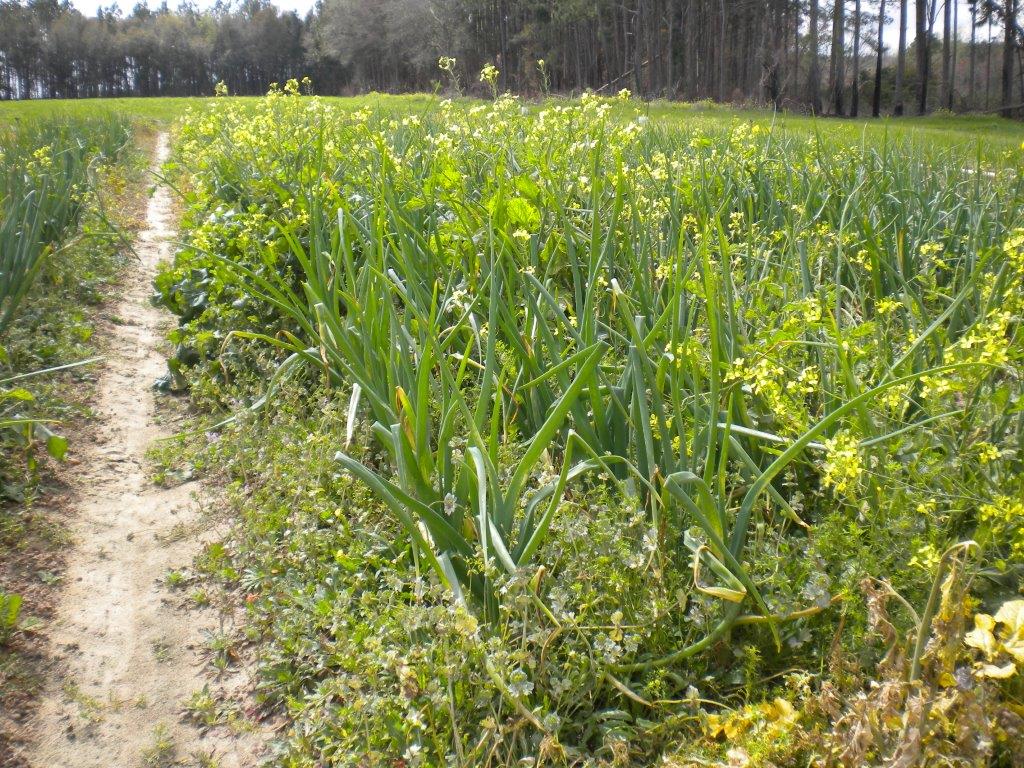By Gary Vallad Few diseases present a persistent year-to-year challenge to tomato production like bacterial spot. Under ideal conditions, the disease can cause massive defoliation leading to yield losses through lost photosynthetic capacity and fruit exposure to the elements. This increases sunscald and raincheck as well as direct fruit infection by the pathogen. DISEASE SPREAD AND SYMPTOMS Xanthomonas perforans is …
Crucial Cabbage Diseases
Florida’s unique climate can create the optimal environment for a multitude of cabbage diseases. Nick Dufault, plant pathologist with the University of Florida (UF), says white mold and black rot have historically been common cabbage diseases that can cause serious damage. WHITE MOLD White mold, caused by the fungus Sclerotinia sclerotiorum,can be somewhat easy to identify since one of the …
Managing Nematodes Without Methyl Bromide
By Johan Desaeger Plant-parasitic nematodes are some of the most difficult pests or diseases that growers in Florida are facing. They are difficult to recognize, are often confused with other biotic or abiotic problems, and can cause total crop loss in many fruits and vegetables. This is especially true in Florida’s warm and sandy soils, where nematodes, such as root-knot …
Whitefly Management Methods
By Hugh Smith The silverleaf whitefly (Bemisia tabaci) transmits tomato yellow leaf curl virus in tomatoes. The pest also transmits three viruses to cucurbits, including squash vein yellowing virus, which causes watermelon vine decline. In addition to virus transmission and contamination, the silverleaf whitefly induces irregular ripening in tomato and the silverleafing in squash that gives it its common name. …
Battling Silk Flies in South Florida Sweet Corn
By Julien Beuzelin South Florida sweet corn growers continue to face two major insect problems: fall armyworms and corn silk flies. The two pests can be devastating, but corn silk flies are more challenging to manage than fall armyworms under current production practices. Three silk fly species have been reported to cause the majority of the damage: Euxesta eluta, Euxesta …
Beetle Borer in Blueberries
By Janine Spies Since 2014, several Florida blueberry growers have reported seeing tunneling or girdling on the canes of their blueberry bushes. Oscar Liburd at the University of Florida has been investigating the source of the damage in blueberries along with his graduate students Lindsy Iglesias and Krystal Ashman in the Fruit and Vegetable IPM Laboratory. In the summer of …
‘If I Take Care of the Land, the Land’s Going to Take Care of Me’
A Florida strawberry grower went above and beyond to be a steward of the land, earning the 4R Advocate Award. Agricultural producers pride themselves on being stewards of the land. Dustin Grooms, farm manager of Fancy Farms, is an excellent example of that. Grooms is a 2019 recipient of the 4R Advocate Award. This national award is given to five …
Turn Field Losses into Profits
By Lisa Johnson and Rebecca Dunning Nobody likes to be wasteful, but if it’s costlier to save something than to throw it away, a business owner is going to head for the garbage can. For fruit and vegetable growers, chemical destruction and tilling under are oft-used options near the tail end of a harvest. These practices occur even when product …
Bags Protect and Improve Peaches
By David Campbell and Danielle Treadwell Peach growers have rediscovered a tool to add to their integrated pest and disease management toolbox — a unique paper bag. Easy to install and remove, the bag has extra durability to withstand wind and rain throughout the season. And if our data is consistent with previous observations, bagging may be affordable for many …
Growers of Organic Vidalia Onions Face Challenges
By Bhabesh Dutta, Carroll Johnson and Jason Schmidt Vidalia onion ranks first in terms of farmgate value among vegetables in Georgia, making it the most important vegetable crop in the state. Among the spring-grown onions in the United States, Georgia ranks first because Vidalia onions are predominantly grown in spring. Although most of the acreage is conventional, nearly 20 percent …










